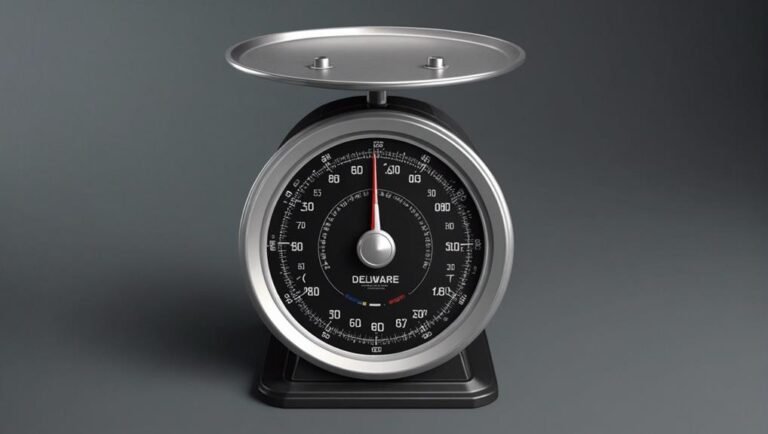Available Balance: Definition and Comparison to Current Balance
You may not be aware that your available balance can differ significantly from your current balance due to the inclusion of pending transactions. Understanding this distinction is important for managing your finances effectively. By exploring the nuances between available and current balances, you can gain valuable insights into the true state of your financial resources. Understanding these concepts can empower you to make informed decisions about your spending habits and financial planning.
Key Takeaways
- Available balance is immediately usable funds.
- It reflects cleared transactions in real-time.
- Current balance includes pending transactions, affecting accuracy.
- Monitoring both balances is crucial for financial management.
- Understanding transaction timing impacts balance accuracy.
Key Differences Between Available and Current Balance
When managing your finances, understanding the key differences between available balance and current balance is vital for making informed decisions about your funds.
Available balance is the total amount you can immediately use for withdrawals, transfers, or purchases. It includes cleared transactions and is updated continuously throughout the day.
However, the current balance incorporates pending transactions, impacting its accuracy compared to the available balance. Transactions almost instantaneously affect the available balance, making it essential to take pending transactions into account before utilizing your available balance to avoid overdraft fees.
It's noteworthy that the available balance may be less than the account balance due to pending transactions, underscoring the significance of monitoring both balances for accurate financial management.
Understanding Available Balance Calculation
To comprehend how your available balance is calculated accurately, it's important to understand the underlying principles of transaction processing and fund availability in your banking account.
The calculation of your available balance involves real-time updates based on cleared withdrawals, transfers, and deposits. Transactions impact your available balance almost instantaneously, providing you with an up-to-date view of your spendable funds.
It's essential to take into account pending transactions, as they can impact the accuracy of your current balance until they're finalized. By monitoring your available balance regularly and understanding the timing of transactions, you can make sure that you have a clear understanding of the funds you can access for immediate use.
Importance of Monitoring Available Balance
Monitoring your available balance regularly is essential for maintaining financial awareness and making informed spending decisions. To emphasize the importance of keeping a close eye on your available balance, consider the following points:
- Monitoring expenditures: By tracking your available balance, you can better understand where your money is going and identify areas where you may be overspending.
- Budget planning: Regularly checking your available balance allows you to stay within your budget limits and avoid unnecessary financial stress.
- Avoiding overdraft fees: Keeping an eye on your available balance helps you prevent accidentally overdrawing your account and incurring costly fees.
- Ensuring financial stability: Monitoring your available balance guarantees that you have enough funds for essential expenses and emergencies, providing peace of mind in your financial planning.
Managing Transactions With Available Balance
To effectively manage your transactions using the available balance, make sure that you carefully review your recent activity and pending transactions to make informed financial decisions. Transaction monitoring is essential to guarantee you have a clear understanding of your financial standing.
By actively tracking your transactions, you can effectively manage your available balance and avoid exceeding your limits. Balance management is key to maintaining financial stability and avoiding overdraft fees.
Tips for Using Available Balance Effectively
For effective management of your finances and to make the most of your available balance, it's essential to prioritize understanding the implications of your spending habits on your financial stability. Consider the following tips to use your available balance effectively:
- Budgeting Strategies: Implement a detailed budget plan to track your expenses and guarantee you stay within your financial limits.
- Financial Planning: Set long-term financial goals and align your spending with these objectives to secure your financial future.
- Monitor Transactions: Regularly review your transactions to identify any discrepancies and ensure accurate tracking of your available balance.
- Avoid Unnecessary Expenses: Cut down on non-essential purchases to maximize the utility of your available balance and increase savings for future financial needs.
Conclusion
To sum up, keeping a close eye on your available balance is like having a compass to navigate your financial journey.
By understanding the differences between available and current balance, you can make informed decisions about your spending and guarantee you always have a clear picture of your financial situation.
Remember to monitor your available balance regularly, manage transactions wisely, and use the information effectively to stay on track towards your financial goals.







